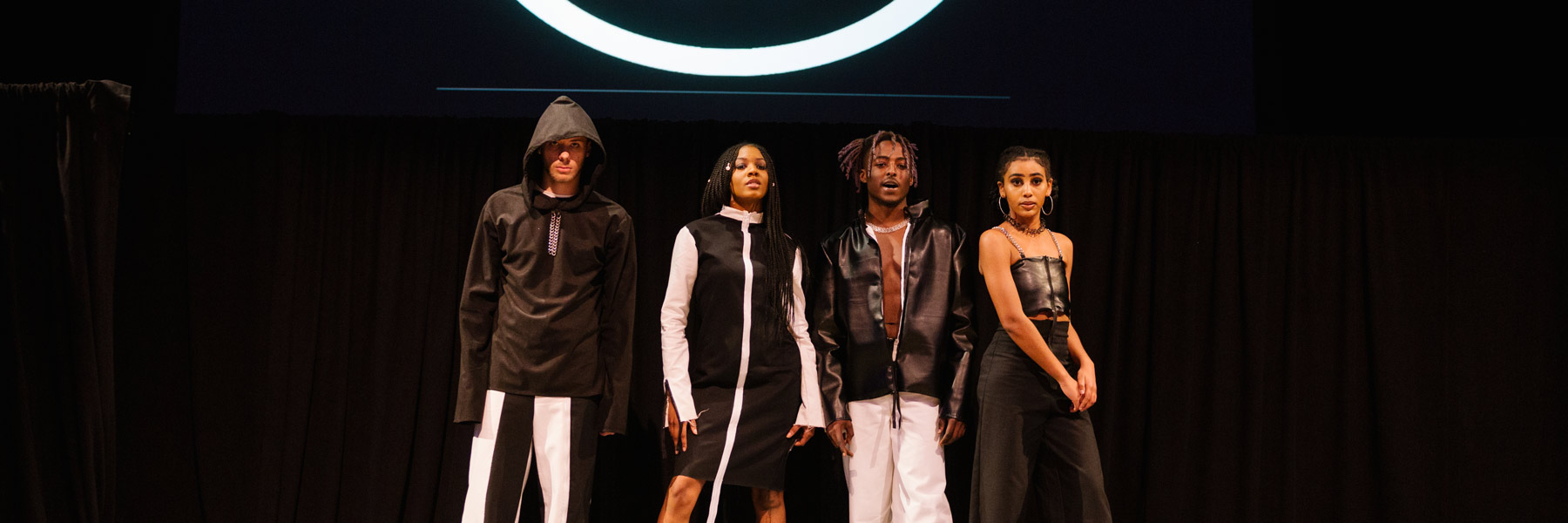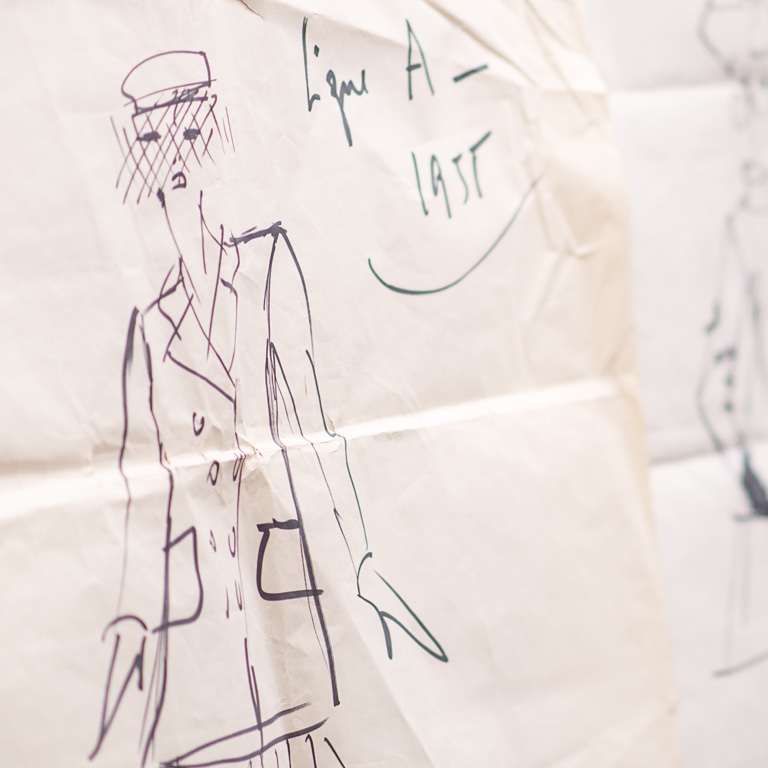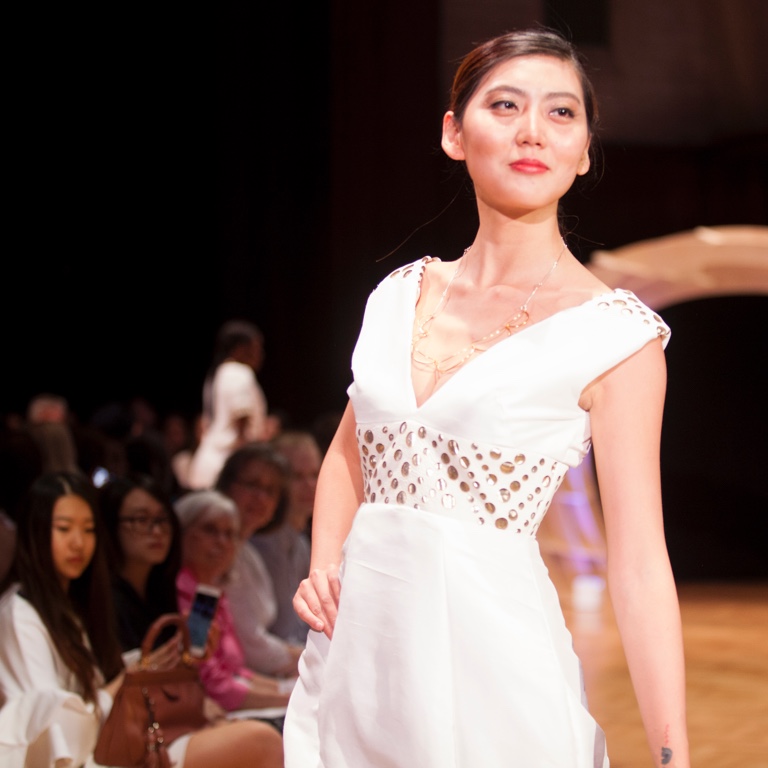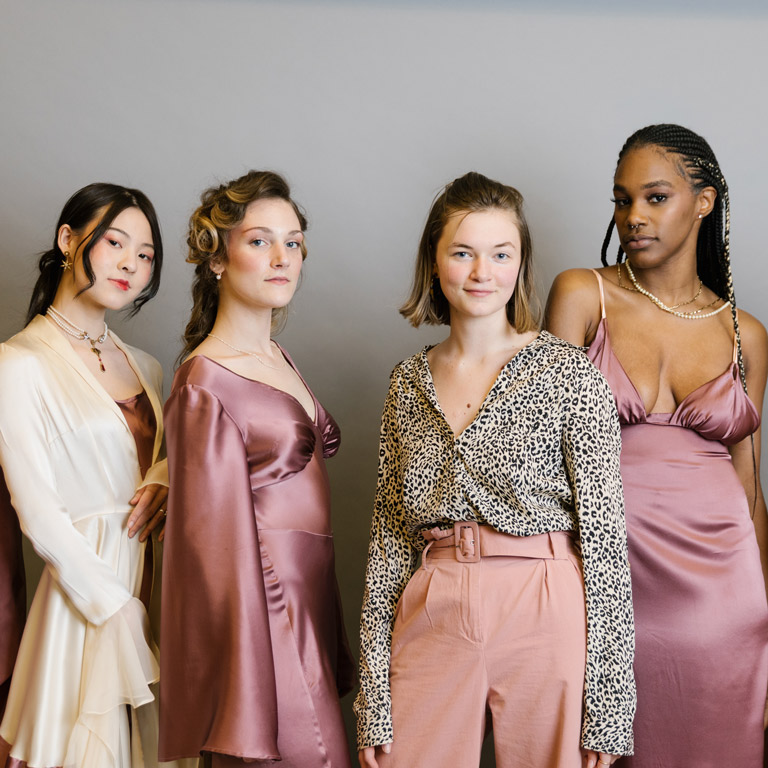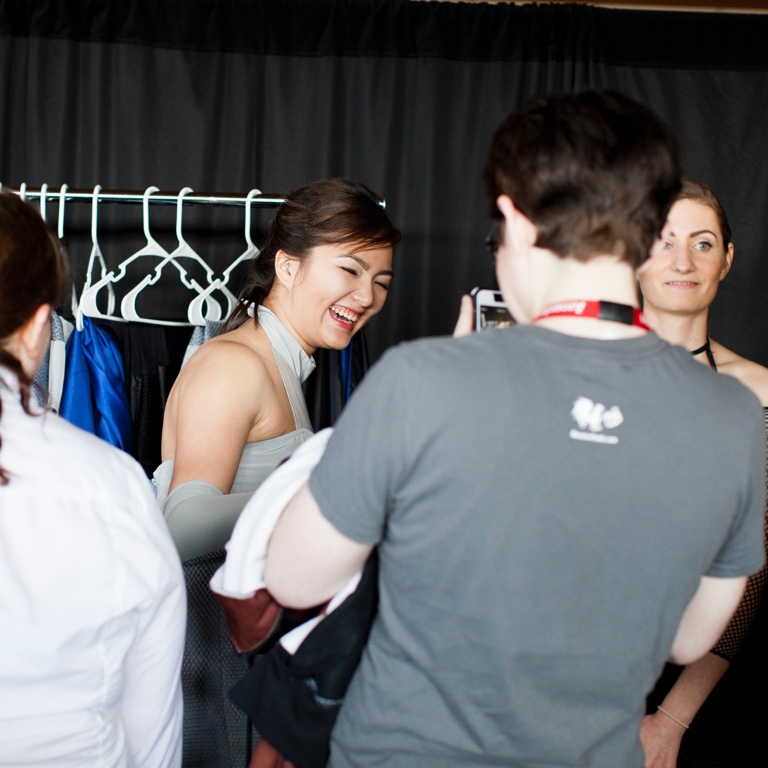The Fashion Design B.A. offers two pathways through the major: Fashion Studio and Fashion Studies. If you’re interested in becoming a well-rounded commercial fashion designer or wearable artist, the Fashion Studio concentration is for you! If you’re more interested in a fashion-related career like fashion law, fashion curation, sustainability, styling, or fashion entrepreneurship—or just enjoy learning about history and culture through the lens of fashion—the Fashion Studies concentration is for you.
All students in the program get a foundation of knowledge in how textiles and clothing are made. Fashion Studio majors must go through a portfolio review and complete a rigorous two-year sequence of studio courses. Fashion Studies majors might combine the B.A. with another major or minor such as History, Media Studies, Sustainability Studies, or one of the many languages taught at IU. It can also serve as a path into the M.A. in Curatorship program or to a graduate degree in law, business, or the arts and humanities.


